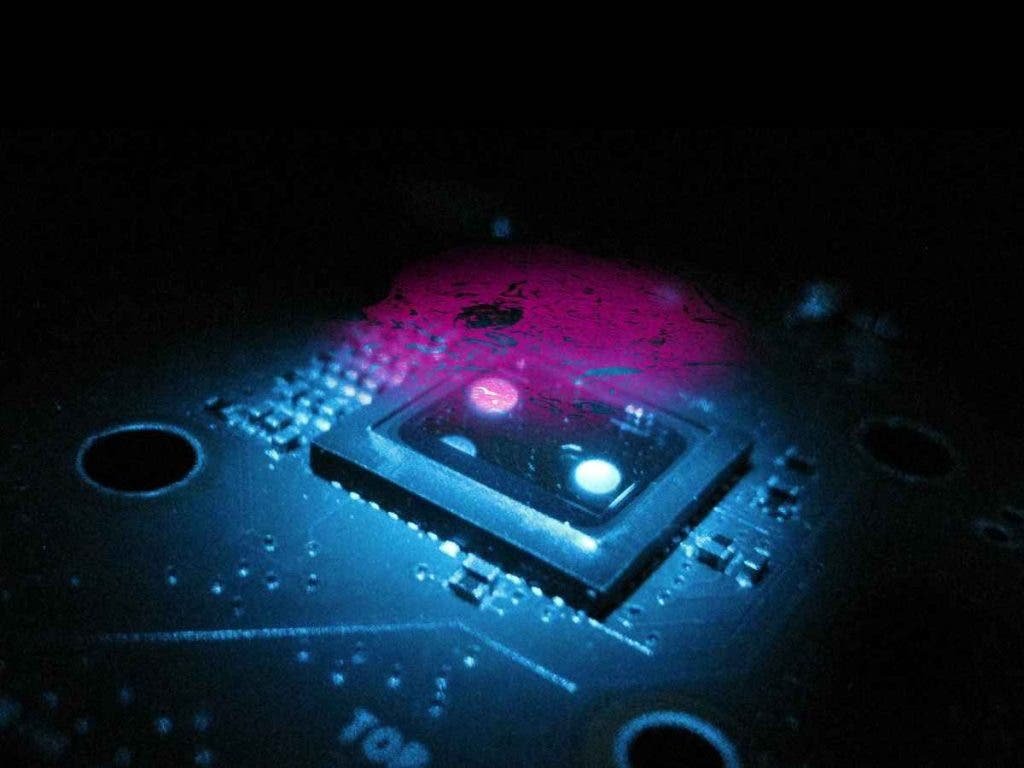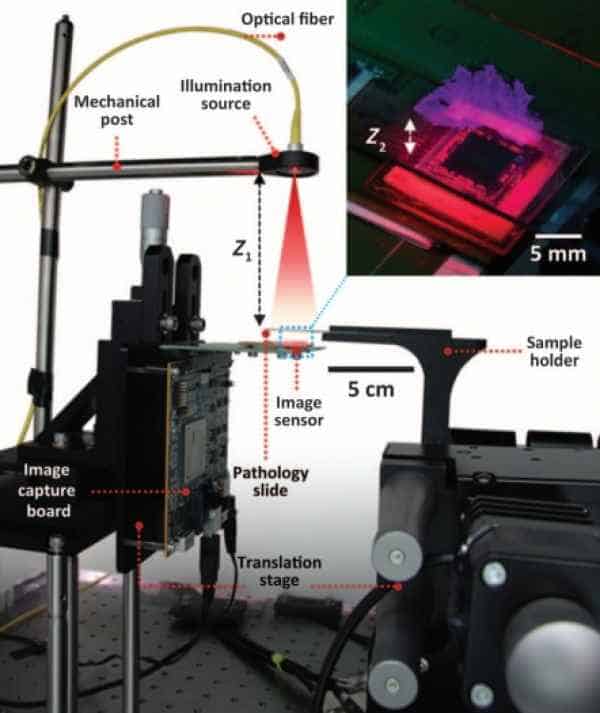Microscopes have gone a long since Zacharias Jansen first invented them in the 1590s. Besides optical telescopes, we now have digital microscopes, atomic force microscopes or, my favorite, electron microscopes. Now, it may be the right time to add a new class to the list: holographic microscopes. While these have been investigated for some time, it’s only recently that we’re seeing actually working prototypes that can be used in the field. The most recent one was reported by a team of engineers from the University of California, Los Angeles which was used to examine breast-tissue samples for abnormalities. Because these telescopes don’t use lenses, they could be made for a lot less money, all without compromising quality.
A new microscope
The digital holographic microscopes that were developed before were great for a proof of concept, but lacked the imaging quality necessary in medicine for diagnosing diseases. The model developed at UCLS, however, has proven to be remarkably reliable. When a trained pathologist was asked to identify anomalies in breast-tissues, she was able to get 74 diagnoses correct out of a possible of 75. When a traditional microscope was used she was right 75 out of 75.
The prototype works by first beaming a partially coherent light through the sample that’s to be examined. The light then projects a holographic image of the sample onto an image-sensing sensor, positioned below the sample. Data collected by the chip are sent to a computer where algorithms reconstruct a high-resolution image of the sample, as reported in the journal Science.
Because they’re not limited by the physics of lenses, holographic microscopes have the additional advantage of displaying a wider field of view. Also, there’s no need for fiddling with knobs to focus, since all the imaging tweaking is made by a computer. Most importantly, holographic microscopes might become popular because of their low cost. The light sensor, for instance, is similar to those found in smartphones. The cost itself for this particular product is unknown, but other groups reported holographic microscopes could be made for less than $1,000.
via PopSci











